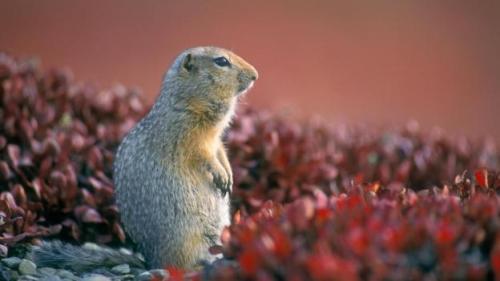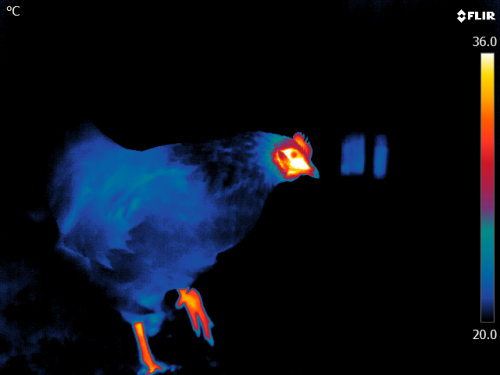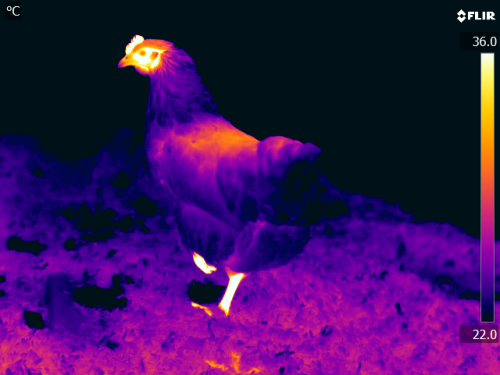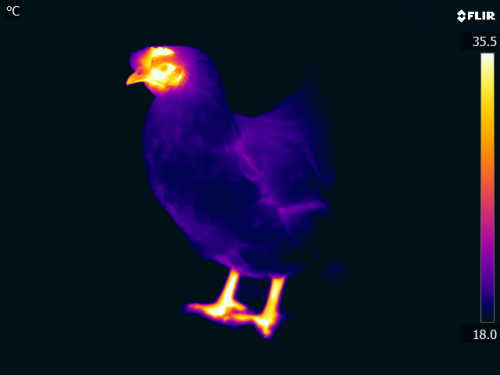#animal physiology
Busting a myth: Not all mammals are warm-blooded
Mammals are animals that are (mostly) covered in hair and that nurse their young with milk. They include duck-billed platypuses, mice, elephants and human beings.
It is true that all mammals can produce heat from within, a talent known as endothermy. This means that most mammalian species do indeed have warm blood. They maintain a high and fairly constant body temperature, which allows them to function efficiently across a range of conditions.
This is why entry-level textbooks often refer to mammals as being “warm-blooded”. This distinguishes them from “cold-blooded”, ectothermic creatures whose body temperature is wholly dependent on their surroundings.
The thing is, in biology rules are made to be, at the very least, severely bent.
There are plenty of mammals that take a much more relaxed approach to body temperature. For these “heterothermic” animals, the term “warm-blooded” does not really capture what they are doing.
They are certainly not “cold-blooded” in the same way as fish, amphibians and reptiles are “cold-blooded”. But they are capable of some impressive feats of cooling.
“The more we look, the more species we find that do that,” says Justin Boyles, a physiological ecologist at Southern Illinois University in Carbondale.
One of the most extreme heterotherms is the Arctic ground squirrel.
Ina classic paper that made the front cover of Science in 1989, physiologist Brian Barnes of the University of Alaska Fairbanks studied the squirrels during hibernation. He found that they drop their core body temperature below zero, in one instance to -2.9C, without freezing solid.
“It’s hard to get much more cold-blooded than that,” says Boyles.
Kudos to Graham HumphreyandJanakie Balasuriya, who both specifically mentioned the Arctic ground squirrel.
Clearly, the squirrel is a special case. Still, many mammals are capable of some kind of chilling.
For instance, newborn mammals’ body temperature is entirely dependent on the temperature of the environment. The ability to produce internal heat only kicks later in development.
Similarly, when mammals sleep their body temperature usually falls by a degree or two.
Smaller mammals – including many rodents, insectivores, bats, marsupials and even some primates – have evolved a way to push this temperature reduction much further. They enter an energy-saving state known as daily torpor.
For instance, the common blossom-bat can lower its body temperature from around 36C at night to just 20C in the day. Similarly, the Brazilian gracile opossum seems able to chill at 16C for hours on end.
In a more extreme case, Madagascar’s pygmy mouse lemurwill spend around 10 hours a day in torpor, its body temperature falling below 7C.
Some mammals can enter a more prolonged torpor. We call this “hibernation” if they do it in winter, and “aestivation” if it is a summertime thing. Then, their blood runs even colder, as George Uren,Mary WymanandIndrani Ghoshnoted.
Post link
Thermal images reveal stress in chickens
Researchers at the University of Glasgow are using heat cameras to help improve chicken welfare.
When exposed to a stressful situation like a sudden unfamiliar sound, the body prepares for the fight-or-flight-response. In doing so, blood is directed away from the surface to the organs, causing a change in temperature. The image above, captured with infrared thermography technology, shows this change in vivid colour.
The findings could help to monitor chickens from a distance, over a long period of time to help ensure high standards of animal welfare.
Image credit: University of Glasgow
Post link








